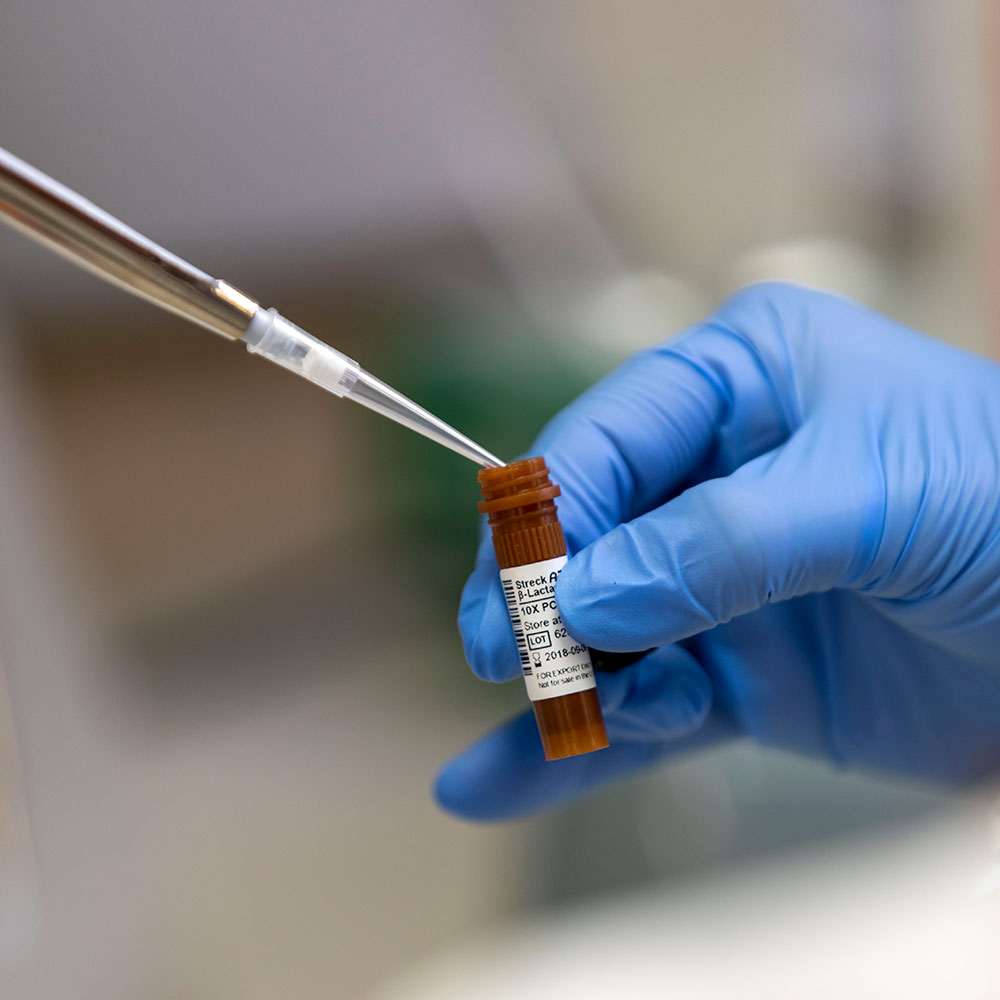The growing threat of AMR
Topics Featured

Antimicrobial resistance (AMR) is a growing threat. Understanding this threat and monitoring the spread of resistant bacteria, microbes, parasites, viruses and fungi continues to be an increasing priority for health systems and communities alike. According to the CDC, more than 2 million people in the United States alone acquire an antibiotic resistant bacterial infection, with over 23,000 deaths as a result each year. The increase of the appearance of AMR is a global issue affecting human and animal populations with very few antibiotics available to treat the most resistant infections.
Bacteria evolve and, in instances where antibiotics are used frequently, the possibility arises for a resistant bacteria to survive and flourish in the face of the medicine designed to kill it, making standard treatments ineffective. Many medical procedures, such as transplants and disease therapies, are dependent on an antibiotic’s ability to combat infections in order for overall patient health to be achieved.
In the healthcare setting, patients are increasingly susceptible to healthcare-associated infections (HAIs) often caused by antibiotic resistant pathogens. Healthcare costs are dramatically increased due to dealing with antimicrobial resistance, causing longer hospital stays and requiring more intensive care. Detection and surveillance of antibiotic-resistant bacteria is our first line of defense in preserving the effectiveness of existing medicines and protecting the lives of those most vulnerable.
Detection and surveillance of resistant bacteria is our first line of defense in preserving the effectiveness of existing medicines and protecting the lives of those most vulnerable.
Standardized phenotypic methods are often used to detect antibiotic resistance in bacteria. However, phenotypic testing can’t differentiate antibiotic resistance genes which is important for surveillance and epidemiology studies. Many laboratories will benefit from the supplementation of phenotypic testing with molecular methods that offer faster results with greater accuracy. With aims at determining the genetic mechanism for antibiotic resistance, PCR and single-isolate whole genome sequencing are increasing in popularity and availability.
AMR is a global threat and one that will require a coordinated and collective solution. Many factors contribute to the proliferation of antibiotic resistance and it impacts all of society, from food production to healthcare administration which ultimately affects life expectancy. The CDC and the WHO are working with global leaders in order to address this issue and formulate a cohesive action plan to slow the development and spread of antimicrobial resistance. Many public health labs and hospitals in the United States are also developing surveillance programs to identify and monitor the presence of antibiotic resistant germs in accordance with these initiatives.

In order to help combat the spread of antimicrobial resistance, we developed Streck ARM-D® Kits. The kits provide a rapid molecular detection strategy for monitoring ß-lactamase antibiotic resistance to improve surveillance, aid antibiotic stewardship programs and support infection control programs. These comprehensive real-time PCR kits test for the presence of genes encoding carbapenemases, extended-spectrum ß-lactamases, plasmid-mediated ampCs and other emerging threats.
For information about our comprehensive line of antibiotic resistance detection kits and to browse webinars, talks and posters related to antimicrobial resistance, visit our resources page.
Streck ARM-D Kits are for Research Use Only. Not for use in diagnostic procedures.


How can wastewater predict the future?

